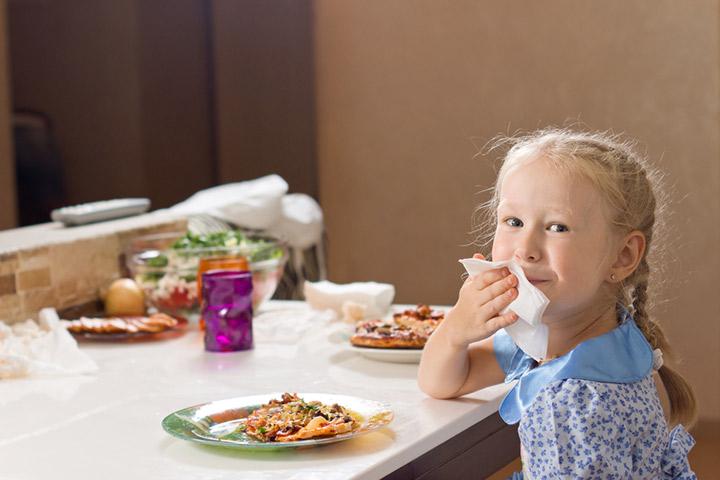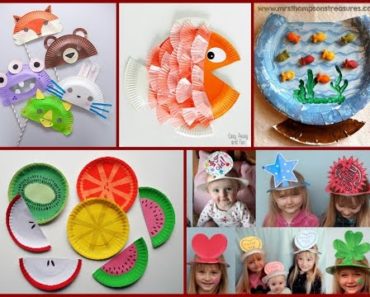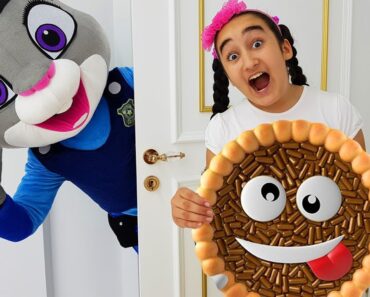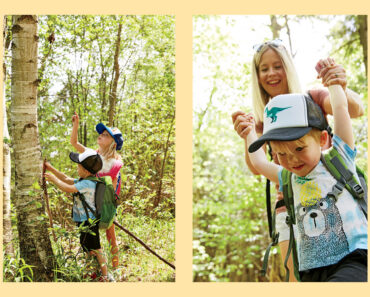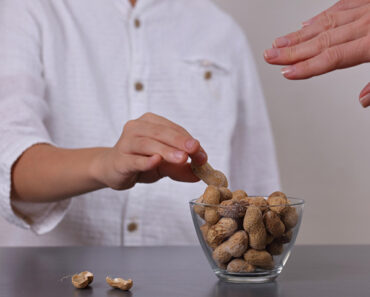Image: Shutterstock
Teaching table manners, or for that matter, any good manners, to your child is an ongoing process that must be started early and mostly via examples. Some table manners should be rituals in every household so that a child sees and learns them from a very early age.
Simple things, such as sitting properly, saying “please” and “thank you,” waiting for everyone to be served, and more from our list below, are easy for a child to see and follow.
Make an effort to explain why table manners are important. A child needs to understand why certain things are done in specific ways, so they know the right from wrong.
Go through the content below to learn why you should teach children table manners and the right age to do so. We also tell you 15 basic table manners for kids that you can easily teach them.
Why Should Children Learn Table Manners?
Children are not born with manners. Manners have to be inculcated in them over time. Children love to make playtime out of every situation, and you can’t really blame them, as it is the age to have fun.
But once you take your child out to a family dinner, a restaurant, or any social gathering, you suddenly feel embarrassed at what a mess or ruckus your child causes. Teaching children table manners and social etiquette can stand them in good stead for the rest of their lives.
By teaching them good table manners, you are showing them how to conduct themselves in public. They will learn to appreciate the food served to them and acknowledge the effort to prepare it. They will also learn to respect food, which they are lucky to get. Moreover, when children learn table manners, they will impress others and not offend anyone in any social setting.
At What Age Can You Teach Table Manners To Children?
Starting at a tender age is always good. Children learn through observation, so once your child transitions from the toddler meal chair to the table, that is, anywhere between 18 months and three years, start with a few simple ones, such as “chew with your mouth closed” or “don’t play with food.”
As the child grows, increase the intensity of the teachings, such as helping around meal times and clearing your own plates. Eventually, they can learn formal table etiquette, such as how to hold a fork and a knife or how to lay the table for different occasions.
There is no fixed age for learning table manners. Learning is a continuous process, so begin teaching your child basic good manners at the youngest age possible through examples and slowly move to dinner-table rules.
15 Table Manners Children Need To Learn And Follow
Here are 15 table manners for kids you can start inculcating in them at a young age.
1. Wash your hands before meals
Children often play in the dirt and touch everything they can lay their hands on. Teach them to come to the table with clean hands and face so that they do not carry germs and look messy to everyone around the table.
2. Keep the napkin on your lap
Teach your child to lay the napkin neatly on their lap as soon as they sit to eat. Let them know this keeps their clothes clean in case of food dropping. Also, teach them to use the napkin to wipe their hands or mouth.
3. Wait for everyone
Teach your child to wait for everyone to be seated and served before they start to eat. Usually, the elder of the house says grace (in religious homes, and then everyone starts eating.
4. Do not pick food
Children love to pick food out of the main dish to taste or pick finger food out of the bowl before everyone is seated. They also tend to pick food from other’s plates. If a child has finished their fries, they love to reach out to their parents’ plates or a sibling’s plate and pick a fry or two. Teach them to ask for it politely.
5. Do not play with food
Children love to play with food, especially if they are not great eaters or the food is not of their choice. For children who can eat by themselves, do not allow them to play with their food on the table. No slurping spaghetti or putting tomato rings around the eyes to look through them, and definitely, no forming words out of alphabet pasta.
6. Do not talk with food in the mouth
Children usually have many stories to share and can’t wait to say what’s on their mind. Although you should encourage your child to engage with family and share their daily experiences, you have to teach them to finish chewing what’s in their mouth before speaking.
7. Chew silently
This does not mean not talking to people at the table. Dinner conversations are the best way to engage with your child. But children do not realize how they are eating. They unintentionally tend to slurp their drink and chomp their food. Some children also find it funny to burp loudly while eating. Teach them to excuse themselves if they cannot hold it in, and tell them it is rude to burp loudly.
8. Converse with everyone at the table
If you are at a family dinner, teach your child to engage with everyone and not just with a cousin or parent. Encourage them to make conversation with different people and not look rude by carrying on a conversation with a single person. Let them know it is disrespectful to sit around a table and leave some people out of a conversation.
9. Ask for the food to be passed
Children are usually impatient. When they want something from across the table, they instinctively stand up and reach for it. Teach your child to remain seated and ask for the bowl to be passed.
10. Do not dip from the same bowl
If there are finger foods or dry foods, such as nachos and fries, children like to dip their food in a common bowl of sauce or dip. Not everyone likes to share from the same bowl. Teach your child to use a spoon and put the required amount of the sauce or dip onto their plate and dip the food in that.
11. Keep the elbows and other body parts off the table
This is a universal rule. One must keep one’s elbows and other body parts off the table. Discourage children from waiting for food with their chin on the table. Some kids try all sorts of angles and positions — knees up and head down — because they find eating boring and are just restless. Either way, teach your child to sit properly at the meal table.
12. Use the golden phrases
“Please” and “thank you” are two very important phrases a child must learn. These words should become an integral part of their vocabulary. At the table, they must say “please” when asking for something or want something passed and say “thank you” after being served. At the end of the meal, make sure you teach your child to thank the person who has cooked and served the meal.
13. Ask to be excused when done
Sometimes, adults like to sit around the table and continue talking after the meal. This mostly happens when friends or other guests are around. Teach your child not to sit around listening to the conversation. Once they are done, they should ask to be excused and leave the table, preferably with their empty plates.
14. Offer help
At home, inculcate the habit of picking up their own plates after a meal. If you are out for a meal at someone’s house, teach your child to help lay the food or clean up after the meal.
15. Do not waste food
This could be a bit tricky for children as they are not sure how much they can eat. Children waste food for various reasons. They could be fussy eaters, or they could have been starving and served themselves more than they can eat. Teach your child to take small quantities at a time. If they are still hungry or like the food, tell them they can ask for more. Teach your child to respect food.
Basic manners must be taught to your child from an early age. Good manners teach your child to be respectful and thankful for things around them. Their graciousness will help them in all areas later in life. We hope our list of 15 table manners for kids helps you start with your child from today. After all, charity begins at home.
